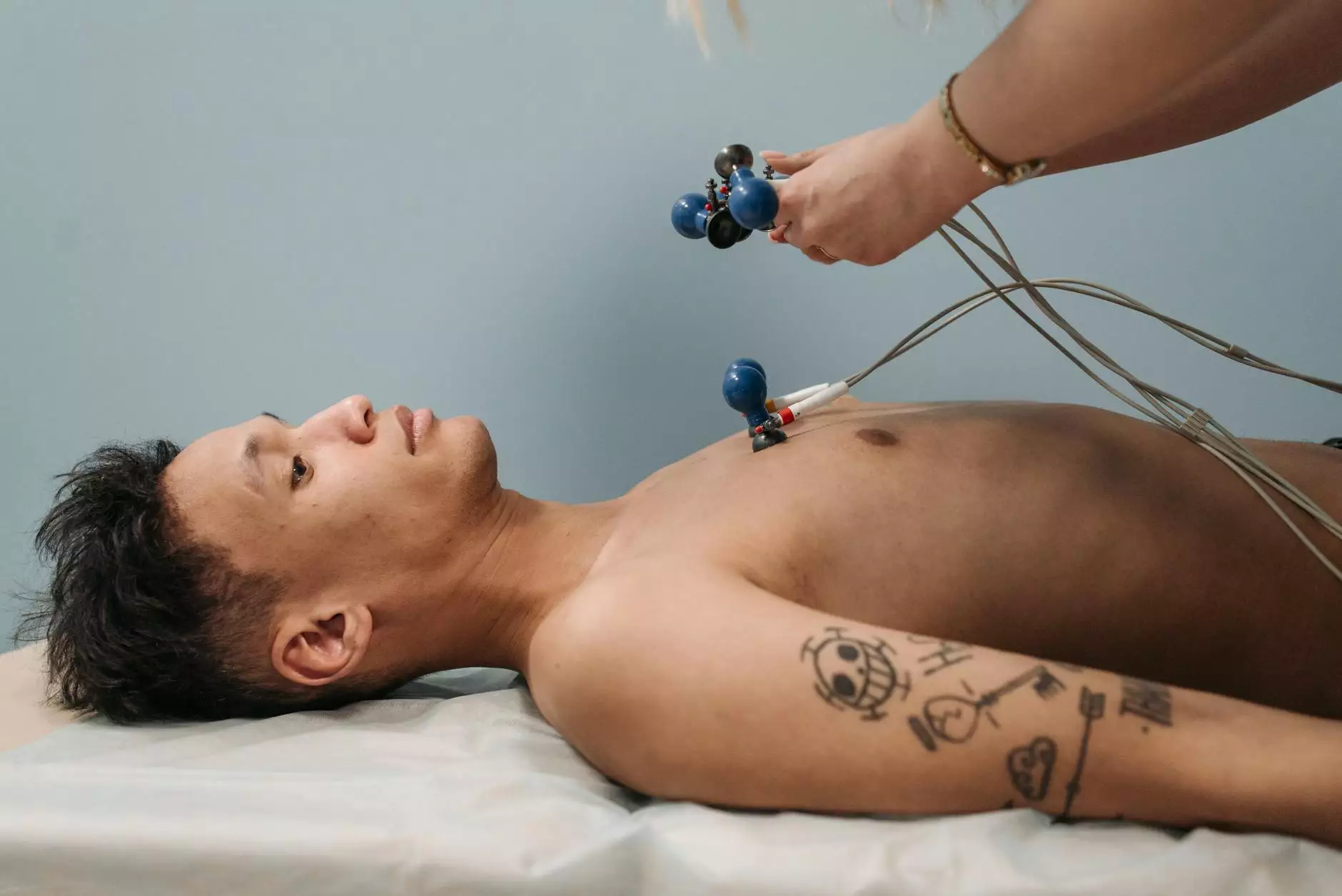Understanding Lower Leg Skin Discoloration

Lower leg skin discoloration is a condition that can affect individuals of all ages and backgrounds. The appearance of changes in skin color can raise concerns regarding health, beauty, and overall well-being. In this detailed article, we will explore the causes, symptoms, and treatments for lower leg skin discoloration, as well as preventative measures you can take to maintain the health of your skin.
What Is Lower Leg Skin Discoloration?
Lower leg skin discoloration refers to changes in the color of the skin on the lower legs. These changes can manifest as darkening, lightening, or the appearance of spots and patches. While some discoloration can be benign, others might indicate underlying health issues. Understanding the nature of these changes is crucial for effective management.
Types of Skin Discoloration
- Hyperpigmentation: This occurs when certain areas of the skin produce more melanin than normal, resulting in darker patches. Common causes include sun exposure, hormonal changes, and post-inflammatory hyperpigmentation.
- Hypopigmentation: This condition entails loss of skin color, leading to lighter patches. It can result from conditions like vitiligo or skin damage.
- Varicose Veins: Often seen as darkened, bulging veins that can cause discoloration around the lower legs, leading to the appearance of brown spots.
- Stasis Dermatitis: This inflammatory skin condition occurs due to poor circulation, usually in individuals with varicose veins, leading to reddish-brown discoloration.
Common Causes of Lower Leg Skin Discoloration
The causes of lower leg skin discoloration can be varied, ranging from lifestyle choices to underlying medical conditions. Below are some of the most common causes:
1. Vascular Issues
Conditions such as chronic venous insufficiency can lead to poor blood flow, resulting in skin changes. Over time, stagnant blood can cause brownish discoloration in the lower legs.
2. Skin Injuries
When the skin sustains injuries or trauma, it can lead to post-inflammatory changes. These may manifest as dark or light patches following healing.
3. Sun Damage
Excessive sun exposure can accelerate skin aging and lead to discoloration. *Photoaging* contributes to uneven skin tone and dark spots on the legs.
4. Medical Conditions
Conditions such as diabetes, peripheral artery disease, and infections can alter skin pigmentation in the lower legs as they affect blood flow and healing response.
5. Hormonal Changes
Pregnancy or hormonal treatments can lead to changes in pigmentation, causing areas of the skin to darken as a result of increased melanin production.
Symptoms Associated with Lower Leg Skin Discoloration
Lower leg skin discoloration can vary significantly in appearance and intensity. Some common symptoms include:
- Changes in Color: Skin may become darker or lighter in specific regions.
- Texture Changes: The affected areas might feel different, becoming rough or scaly.
- Pain or Itching: Some conditions associated with discoloration can cause discomfort.
- Swelling: Particularly with vascular issues, swelling may accompany changes in skin color.
Diagnosing Lower Leg Skin Discoloration
A healthcare provider typically diagnoses lower leg skin discoloration through:
- Physical Examination: Assessing the skin and surrounding tissues for color, texture, and associated symptoms.
- Medical History: Gathering information on medical conditions, medications, and lifestyle factors.
- Testing: Blood tests, ultrasounds, or skin biopsies may be required for a definitive diagnosis.
Treatment Options for Lower Leg Skin Discoloration
Addressing lower leg skin discoloration often requires a personalized approach based on the underlying cause. Treatment options can include:
1. Lifestyle Modifications
Implementing healthier lifestyle choices can significantly improve skin health. Some suggestions include:
- Sun Protection: Always use sunscreen with an appropriate SPF when exposing your legs to the sun.
- Dietary Changes: A balanced diet rich in vitamins C and E can bolster skin health.
- Hydration: Drinking adequate water helps keep skin hydrated and healthy.
2. Topical Treatments
Topical treatments such as creams containing hydroquinone, retinoids, or alpha hydroxy acids can help reduce discoloration over time.
3. Medical Procedures
For more severe cases, medical treatments may be considered, including:
- Laser Therapy: This may be used to target deeper skin layers, improving pigmentation issues.
- Chemical Peels: These treatments can help remove the top layers of skin to promote new cell growth.
- Sclerotherapy: For vascular issues, this procedure targets varicose veins to improve circulation.
Prevention Strategies for Lower Leg Skin Discoloration
While some causes of lower leg skin discoloration may be unavoidable, there are effective prevention strategies that can help reduce the risk:
- Regular Exercise: Promoting better circulation can mitigate the risk of vascular issues.
- Weight Management: Maintaining a healthy weight can reduce stress on the legs and veins.
- Avoiding Prolonged Sitting or Standing: Take regular breaks to keep blood flowing.
When to Seek Medical Help
It is important to consult a healthcare provider if you notice:
- Rapid Changes: Any sudden and severe changes in skin color that appear overnight.
- Associated Pain: Significant pain or discomfort accompanying discoloration.
- Signs of Infection: Such as redness, swelling, warmth, or discharge.
Conclusion
Lower leg skin discoloration can be a challenging issue to navigate, but with awareness and proactive measures, it is possible to manage and treat this condition effectively. By understanding the causes, recognizing symptoms, and seeking appropriate treatment, individuals can achieve healthier skin and improve their overall quality of life.
For comprehensive care related to vascular issues and skin health, consider consulting with specialists at Truffles Vein Specialists, where expert medical advice and tailored treatment plans can help you achieve your health and wellness goals.









